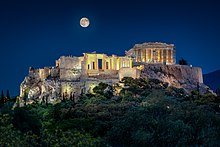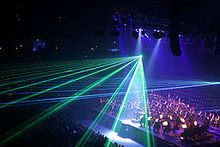Lighting
History of Lighting:
– Discovery of fire led to early artificial lighting with campfires and torches
– Prehistoric people used primitive oil lamps made from natural materials
– Candles, glass, and pottery lamps were invented
– Chandeliers were an early form of light fixture
– Whale oil was a major lighting source until the discovery of kerosene and later crude oil
Fixtures:
– Lighting fixtures serve as holders for light sources and provide directed light
– Fixtures come in various styles and materials, from plain and functional to artistic
– Luminous efficacy measures the amount of usable light per energy used
– Transparency of fixtures affects efficacy, with shading decreasing efficacy but increasing directionality
– Color temperature of white light sources impacts their applications
Indoor Lighting:
– Key part of interior design
– Accomplished using light fixtures
– Proper lighting can enhance task performance and improve the area’s appearance
– Daylighting is sometimes used as the main source of light in buildings to save energy
– Lighting can have positive psychological effects on occupants
Outdoor Lighting:
– Lighting is an intrinsic component of landscape projects
– Gas lighting powered street lights in major cities in the early 1800s
– Electric lighting became ubiquitous in developed countries
– Improved nighttime lighting enabled more activities at night
– Street lights reduced urban crime
Practical Effects of Lighting:
– Lighting is used for practical and aesthetic purposes
– Artificial light sources and natural illumination are both utilized
– Proper lighting can enhance task performance
– Lighting can improve the appearance of an area
– Lighting can have positive psychological effects on occupants
Lighting or illumination is the deliberate use of light to achieve practical or aesthetic effects. Lighting includes the use of both artificial light sources like lamps and light fixtures, as well as natural illumination by capturing daylight. Daylighting (using windows, skylights, or light shelves) is sometimes used as the main source of light during daytime in buildings. This can save energy in place of using artificial lighting, which represents a major component of energy consumption in buildings. Proper lighting can enhance task performance, improve the appearance of an area, or have positive psychological effects on occupants.




Indoor lighting is usually accomplished using light fixtures, and is a key part of interior design. Lighting can also be an intrinsic component of landscape projects.
